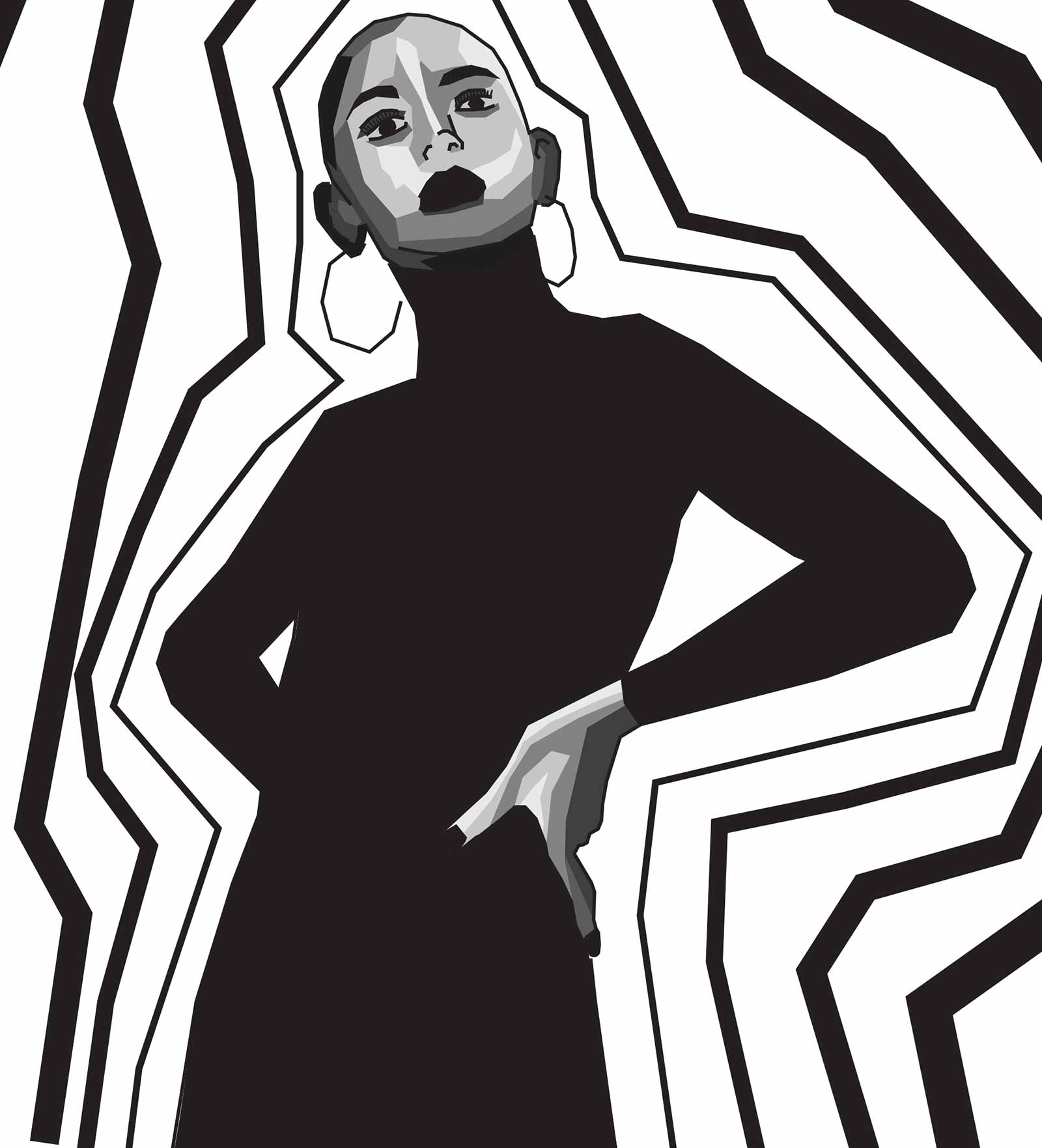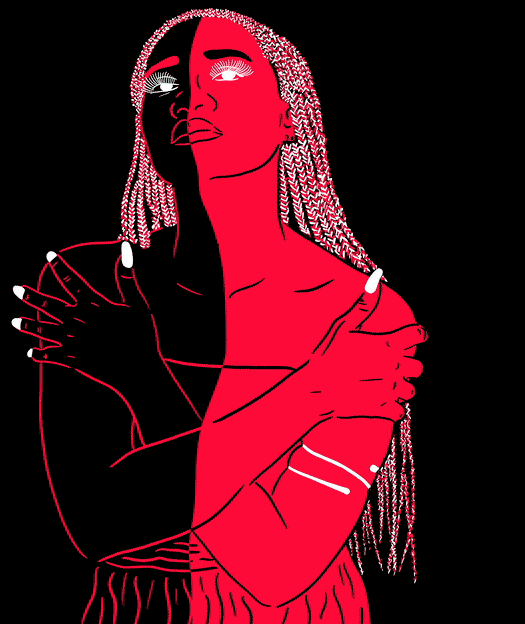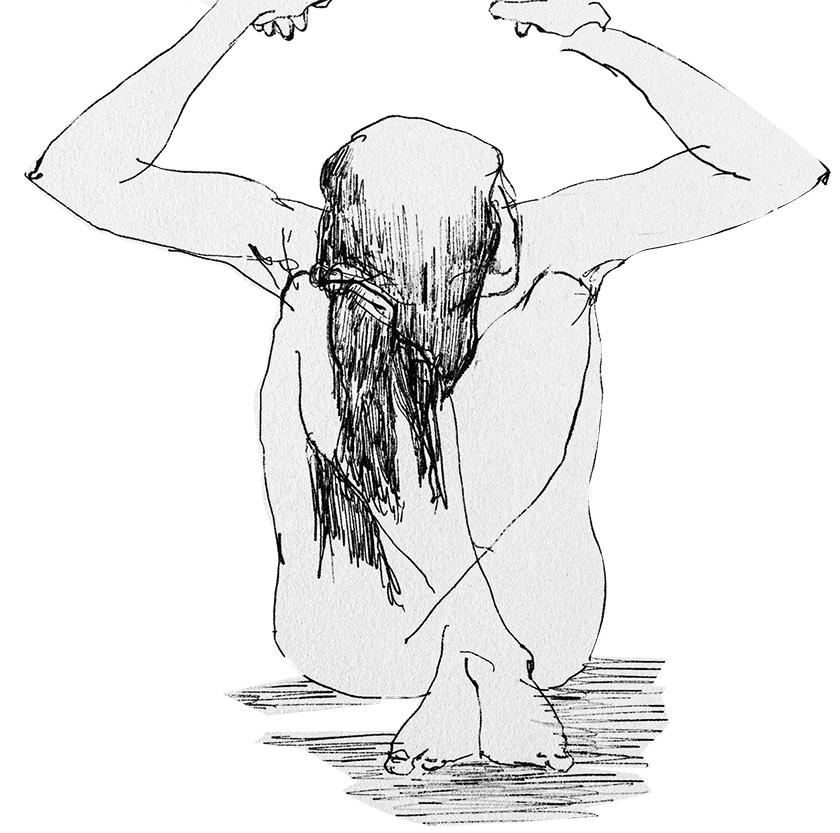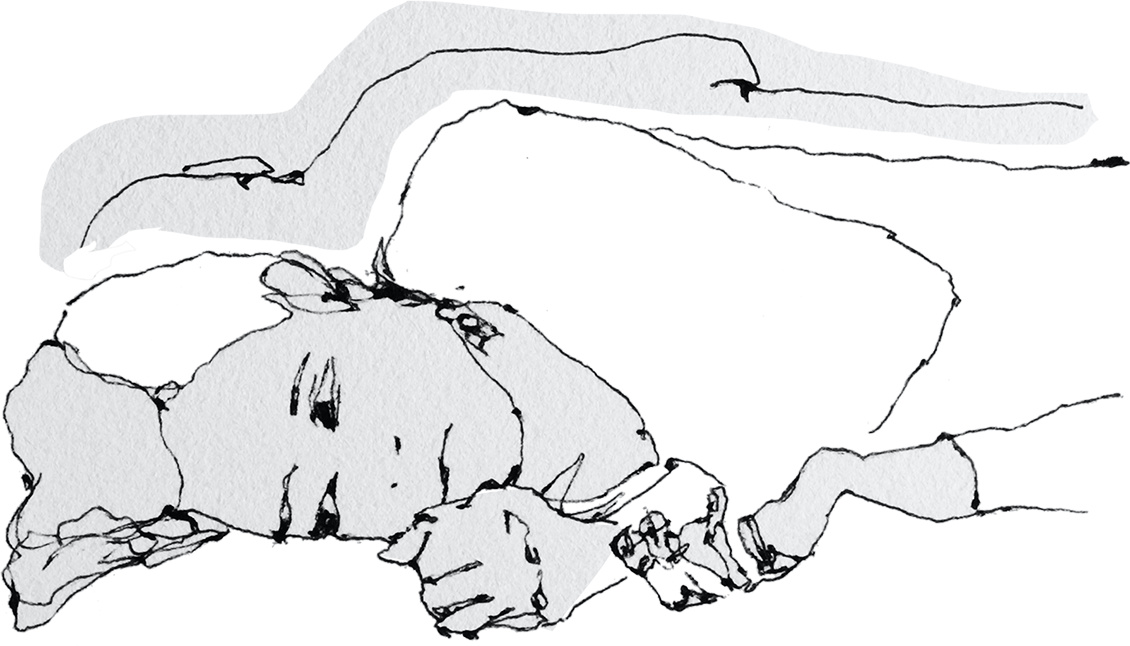How do we measure body autonomy?




We don't yet have good measurements, but we know that loss of bodily autonomy is rampant around the world.
The world is beginning to create measurements. The international community has agreed to monitor two indicators—part of the Sustainable Development Goals (SDG)—measuring decision-making and laws on reproductive health care and information. But even these are just a starting point.
They need to know how their bodies work.

Only
55%
of women
are able to make their own decisions
Decision-making power
SDG Indicator 5.6.1 looks at three questions posed to women:
-
Who usually makes decisions about health care for yourself?
-
Who usually makes the decision on whether or not you should use contraception?
-
Can you say no to your husband or partner if you do not want to have sexual intercourse?
Only women who make their own decisions in all three of these areas are considered to have autonomy in reproductive health decision-making and to be empowered to exercise their reproductive rights.
These data are only available in about one in four countries, but they paint an alarming picture: only 55 per cent of girls and women are able to make their own decisions in all three dimensions of bodily autonomy.
Laws that empower
SDG Indicator 5.6.2 looks at laws and regulations that guarantee full and equal access to women and men to sexual and reproductive health care, information and education. It covers:
Maternity care
About
71%
of countries
have laws guaranteeing access to overall "maternity care"*
-
Maternity care
-
Life-saving commodities
-
Abortion
-
Post-abortion care
*Out of 79 countries reporting complete data
Contraception and family planning
Comprehensive sexuality education and information
Sexual health and well-being
The indicator measures whether a supportive law exists and whether there are restrictions, such as age limitations or spousal permission requirements.
About
71%
of countries
have laws guaranteeing access to overall "maternity care"*
-
Maternity care
-
Life-saving commodities
-
Abortion
-
Post-abortion care
*Out of 79 countries reporting complete data

Not enough measured
These measurements are critical, but they offer only a glimpse into the bodily self-determination of people around the world.
The first indicator, 5.6.1, has data from only 57 countries. The questions, too, were asked of only a subset of women, such as those in cohabiting relationships or those of reproductive age. Therefore, it cannot provide a complete picture of women’s reproductive decision-making.
The second indicator, 5.6.2, is also limited. The presence of laws or regulations does not always mean those rules are implemented or enforced. Additionally, the indicator does not cover laws governing other important matters, such as rape within marriage, self-determination in gender identity, genital surgeries in the case of intersex infants and same-sex sexual activity.
In addition, there are many bodily autonomy issues that remain hotly contested, which are unresolved by human rights agreements and international law, such as voluntary sex work, surrogacy and abortion. Because these issues are frequently driven underground, they are often poorly understood by researchers and lawmakers alike.

explore further
Artwork
-
 Hülya Özdemir
Hülya Özdemir
-
 Kaisei Nanke
Kaisei Nanke
-
 Rebeka Artim
Rebeka Artim
-
 Tyler Spangler
Tyler Spangler
-
 Tyler Spangler
Tyler Spangler
-
 Kaisei Nanke
Kaisei Nanke
-
 Kaisei Nanke
Kaisei Nanke
